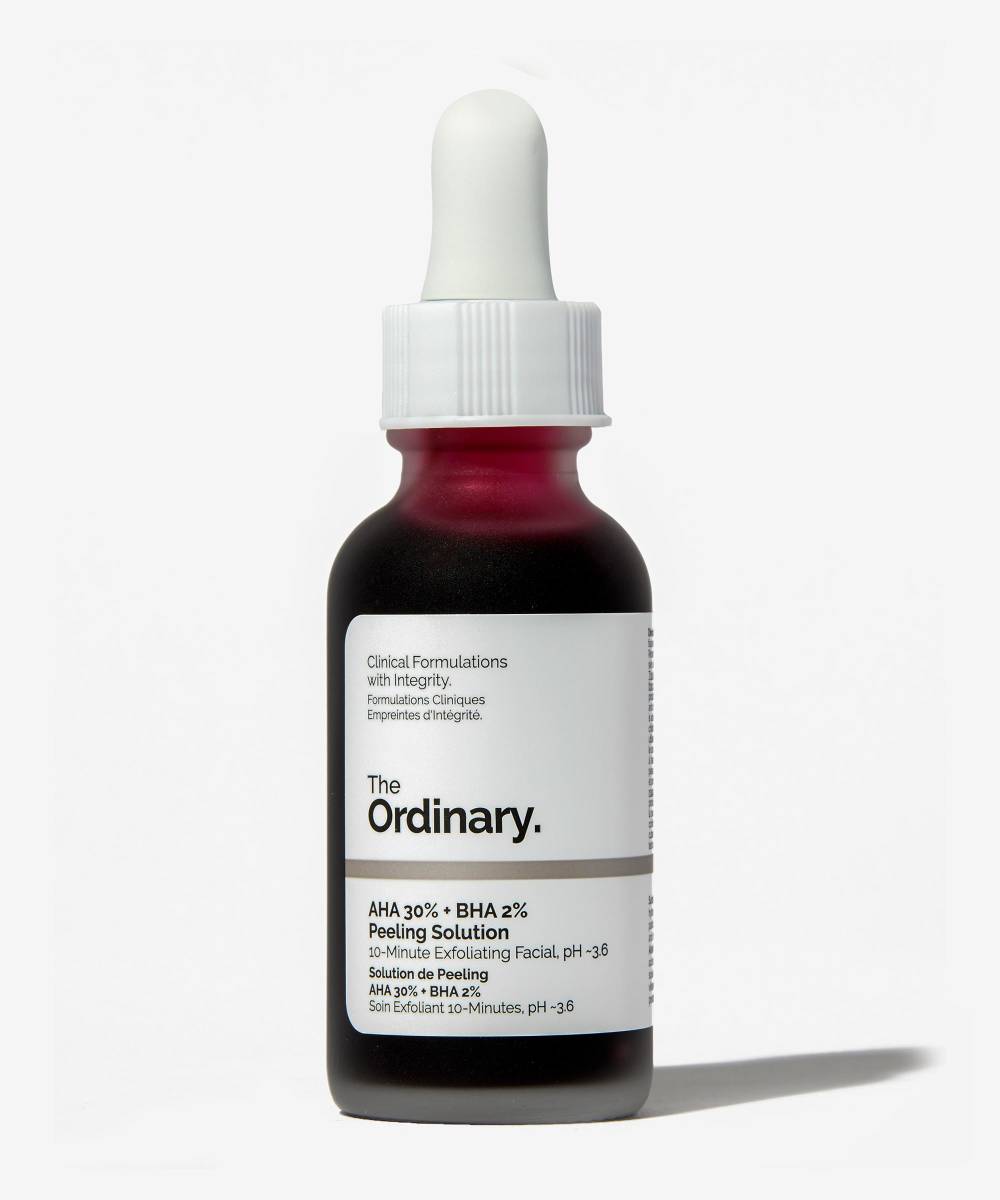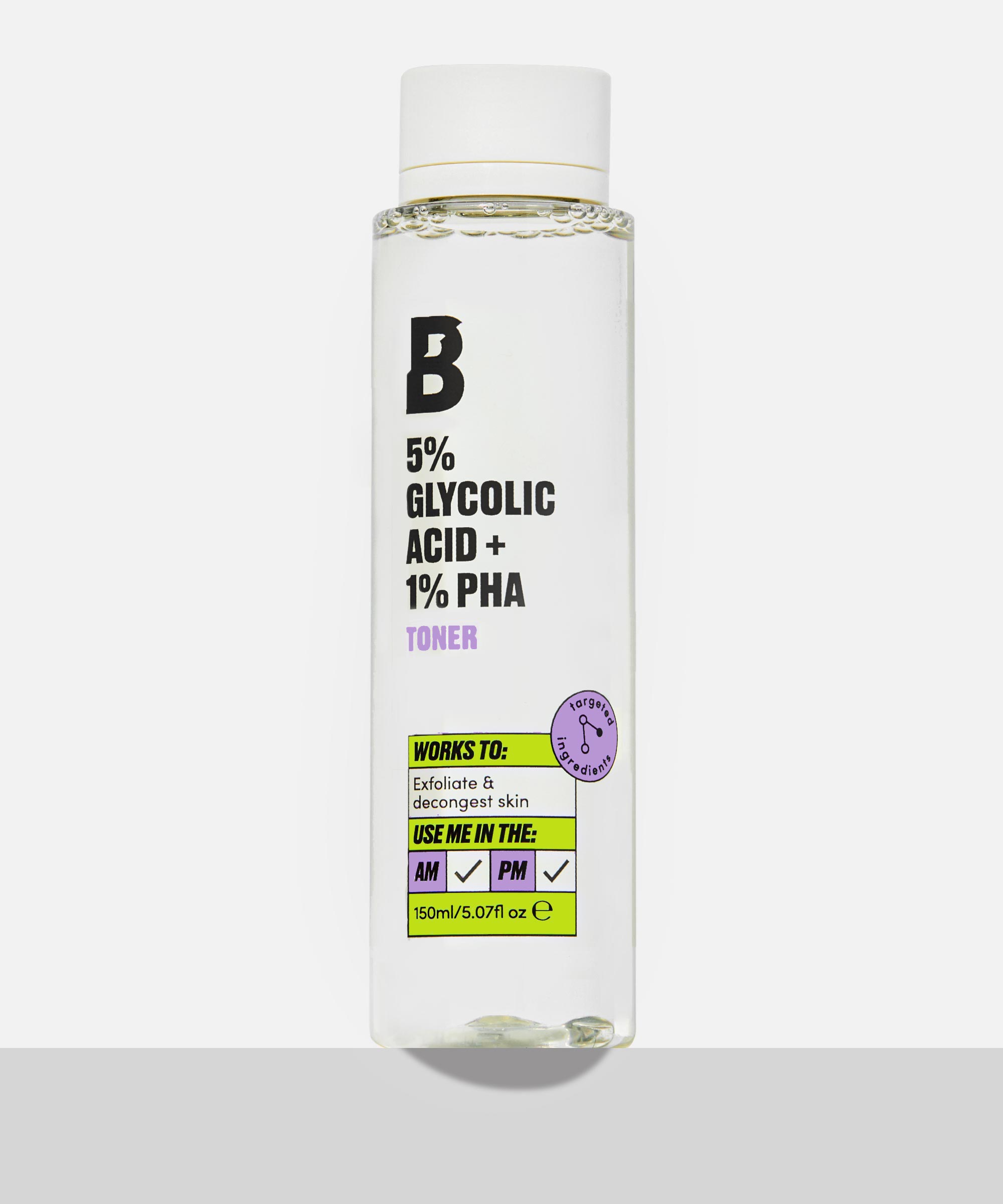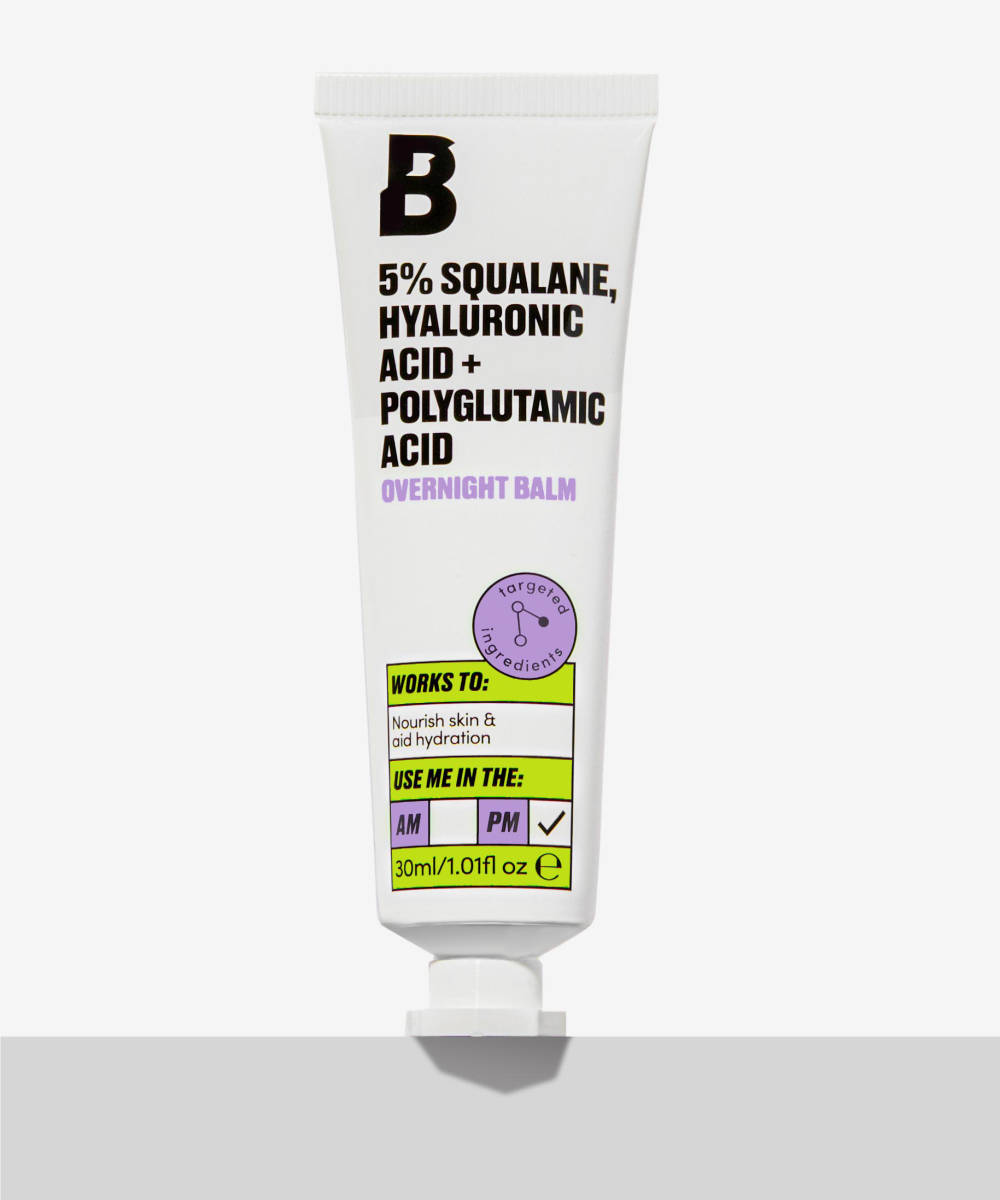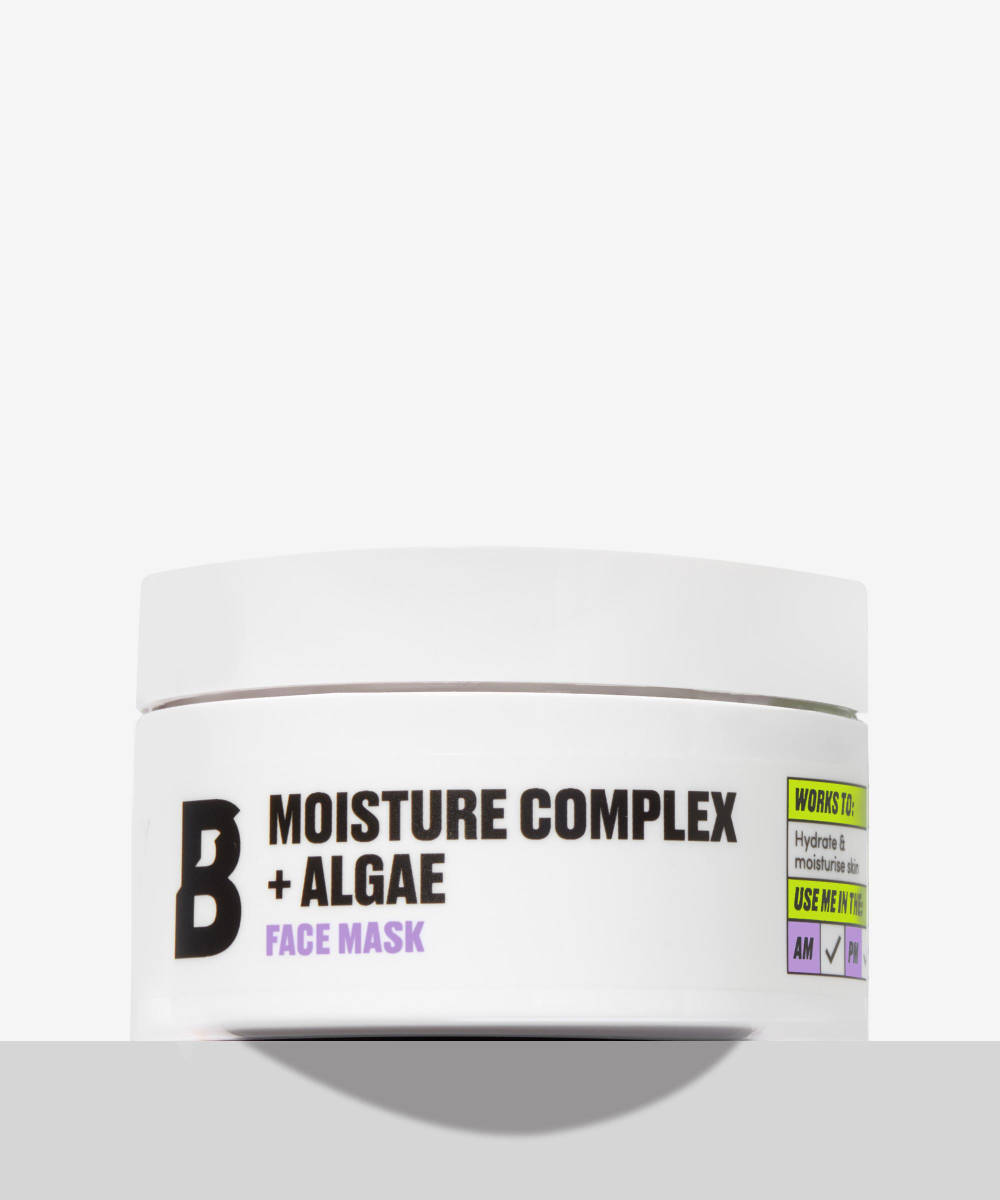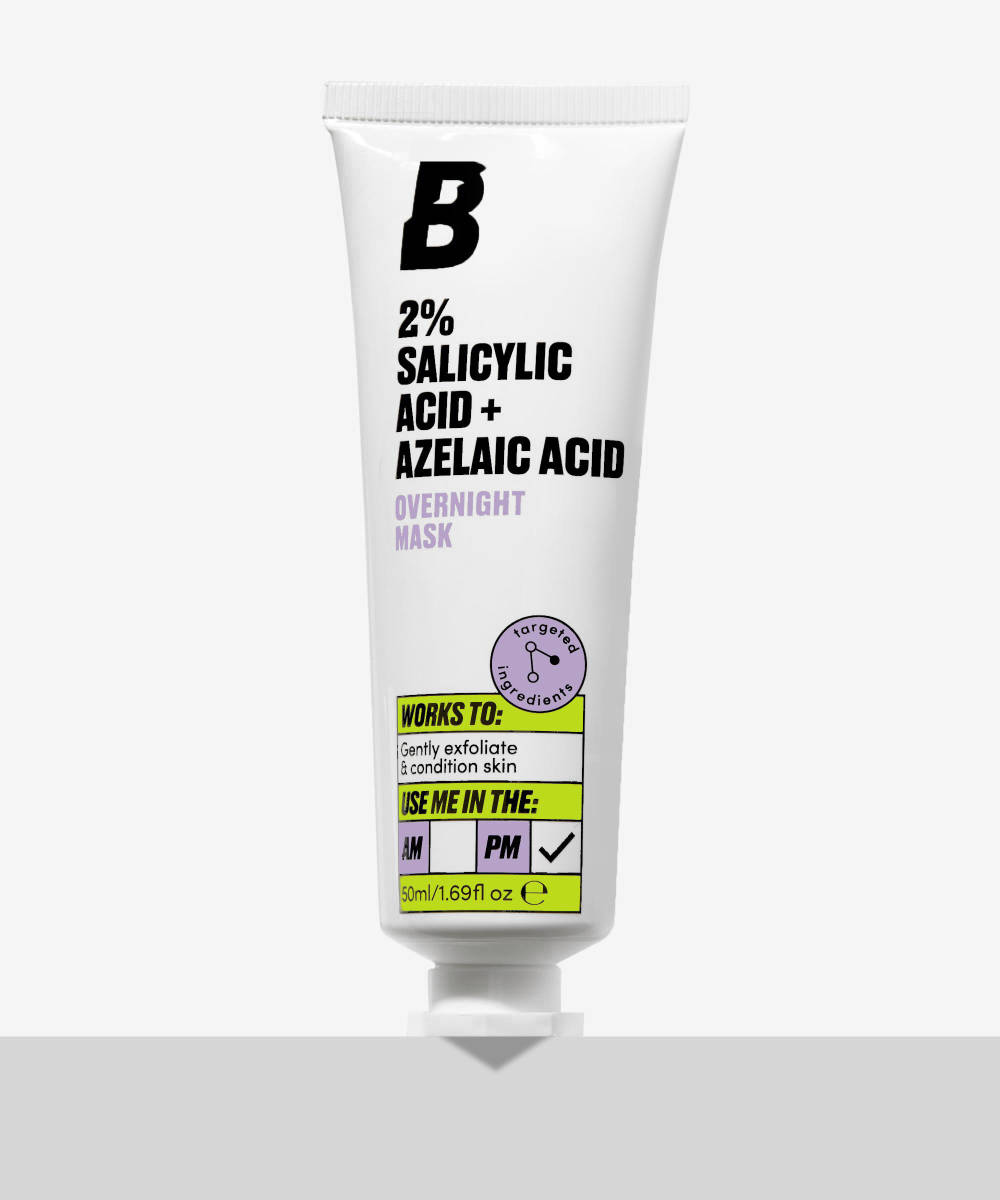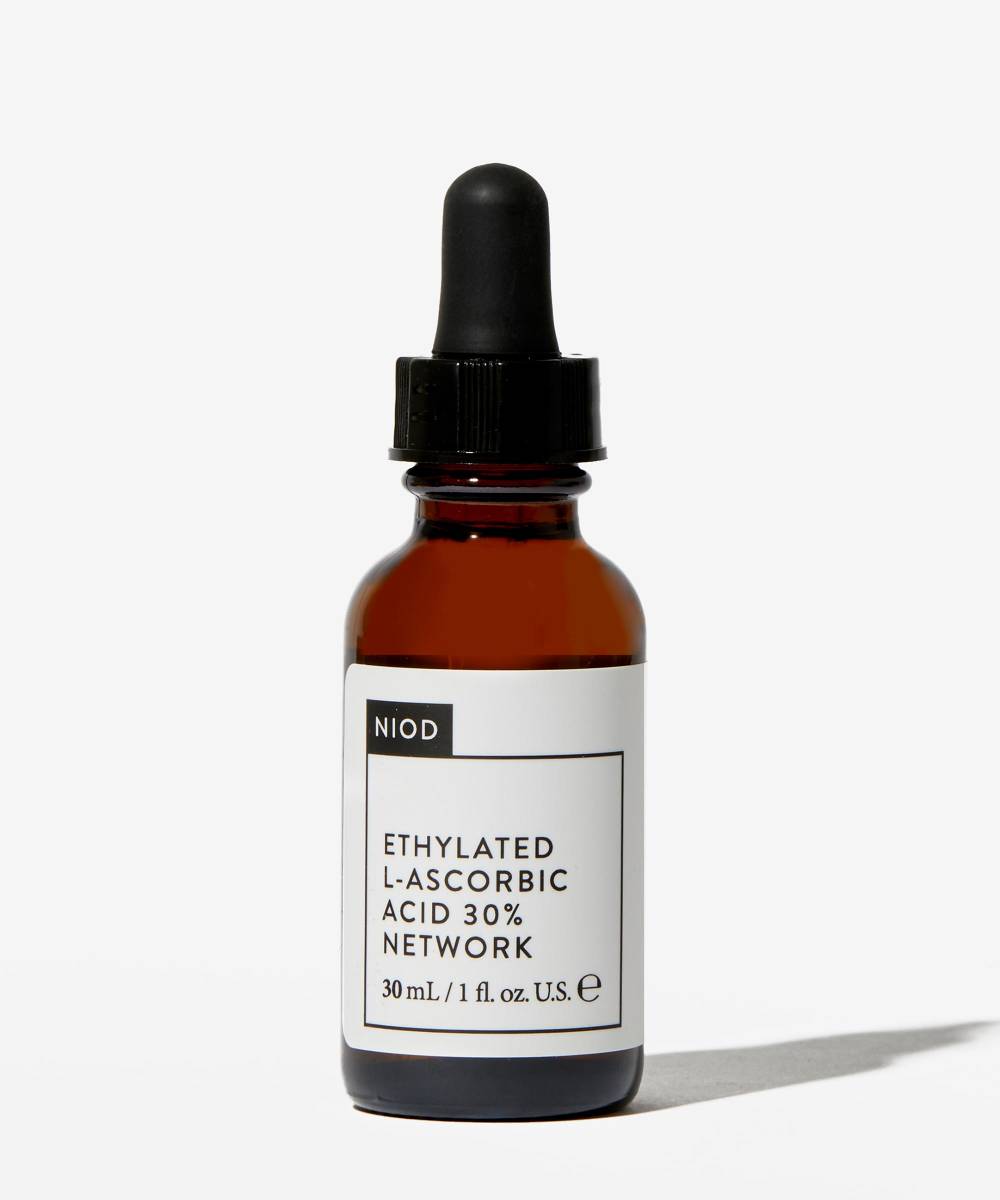The idea of putting acids on your skin sounds scary, right? It kind of goes against everything you learned in high school chemistry class… In fact, using acids (the right ones) in your skincare routine can completely transform your skin, and target a number of skin concerns, from acne, to scarring, pigmentation, and signs of aging.
Get ready to get the glow (and smoother skin) with our handy beginners guide – we’ve covered everything from what they do to when to use them.
Meet eight acids you need to know.
Glycolic Acid
What does it do? A chemical exfoliant, glycolic acid has a mild peeling effect which breaks down the top layer of dead skin cells (which clog pores and cause skin to appear dull and congested). In turn, this process stimulates cell turnover, so your skin starts to produce new, healthier cells to replace them. Glycolic acid is the most powerful form of alpha hydroxy acid (AHA) as it has a small molecule size which allows it to absorb deep into the skin.
Best for: Scars, pigmentation, dullness, and dry skin.
Find it in: By BEAUTY BAY Acid Trip 5% Glycolic Acid Toner
Salicylic Acid
What does it do? A beta hydroxy acid (BHA), salicylic acid has the ability to penetrate through oil so it can absorb deep into the skin. This popular exfoliating acid is really effective at reducing sebum and blackheads, clearing pores, and acting as an anti-inflammatory to calm existing acne.
Best for: Oily, blemish-prone skin, and those who experience blackheads and breakouts.
Find it in: By BEAUTY BAY 30% AHA 2% BHA Peeling Solution Drops
Hyaluronic Acid
What does it do? This powerful hydrator draws moisture into the skin and delivers it deep beneath the skin’s surface for maximum hydration. Each molecule of hyaluronic acid has the ability to hold up to 1000 times its weight in water, so using this acid makes a massive difference in your skin’s health, appearance, and texture. This is not an exfoliating acid.
Best for: Dry or dehydrated skin – really all skintypes can benefit from this acid as a hydrated complexion is healthier and better prepared to resist breakouts, scarring, and signs of aging.
Find it in: By BEAUTY BAY Hydrating Gel Mask
Lactic Acid
What does it do? Lactic acid exfoliates the skin’s surface layer of dead skin cells just as glycolic acid does, but in a much gentler and less-irritating way – so there’s a much smaller risk of redness and discomfort. Over time it helps to improve skin’s texture and brightens its appearance. With a larger molecule size than glycolic acid, lactic acid is a little gentler and ideal for those who are new to using AHAs.
Best for: Sensitive skin which also suffers from breakouts, scarring, and dullness.
Find it in: Freck Cactus Water
Ascorbic Acid
What does it do? Ascorbic acid is actually just a fancy way of saying vitamin C, which is the ingredient to use if you want clearer, brighter skin. It’s a powerful antioxidnt so helps to combatenvironmental damage and trigger collagen production to prevent early signs of aging.
Best for: Those who experience pigmentation, scarring, fine lines, or dullness.
Find it in: NIOD Ethylated L-Ascorbic Acid 30%
Polyglutamic Acid
What does it do? Polyglutamic acid holds even more moisture than hyaluronic acid, working hard to replenish skin’s moisture levels by sealing water into the skin.
Best for: Anyone with dry or dehydrated skin.
Find it in: By BEAUTY BAY 5% Squalane, Hyaluronic Acid + Polyglutamic Acid Overnight Balm
Azelaic Acid
What does it do? Azelaic acid gently exfoliates skin and speeds up cell renewal, helping to unclog pores and improve the appearance and texture of the skin’s surface. It’s particularly effective at decreasing redness, bumps, scarring, and can even reduce skin sensitivity.
Best for: Those with breakouts, discolouration, post-acne red marks, rosacea, or general redness.
Find it in: By BEAUTY BAY 2% BHA Overnight Mask
Ferulic Acid
What does it do? Yes another powerful antioxidant, ferulic acid is designed to fight signs of aging triggered by environmental stressors like sun damage, helping skin to regenerate when it’s been over-exposed. It also enhances the efficacy of other vitamins so it’s a great one to layer with ascorbic acid.
Best for: Skin that’s experiencing signs of aging, pigmentation, redness, and inflammation.
Find it in: The Ordinary Resveratrol 3% + Ferulic Acid 3%
Top tips
– Don’t layer AHAs and BHAs together (for more combinations to avoid, click here).
– Don’t layer AHAs with other AHAs – there is such thing as too much. Find out what to do if you overdo it.
– Don’t use exfoliating acids in the same routine as vitamin C or retinol.
– Make sure you wear sunscreen every day if you’re using acids regularly (exfoliating your skin increases its sensitivity to sun).
– Some formulas are designed to be used daily but it’s best to start by using acids 1-2 times a week and gradually increasing when your skin is ready.
– Observe your skin – mild tingling is normal but if your skin becomes red and irritated, reduce or stop usage.
– Apply hydrating acids to damp skin to boost their efficacy.

